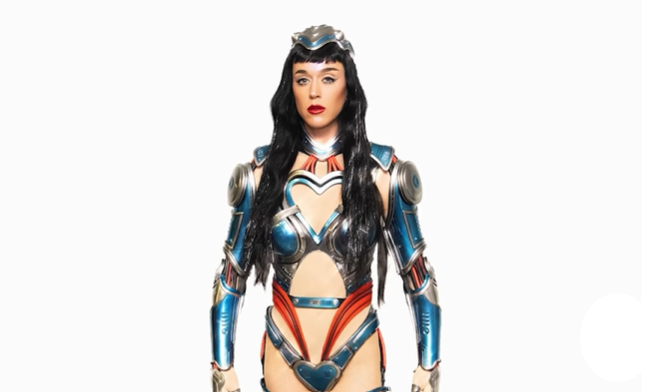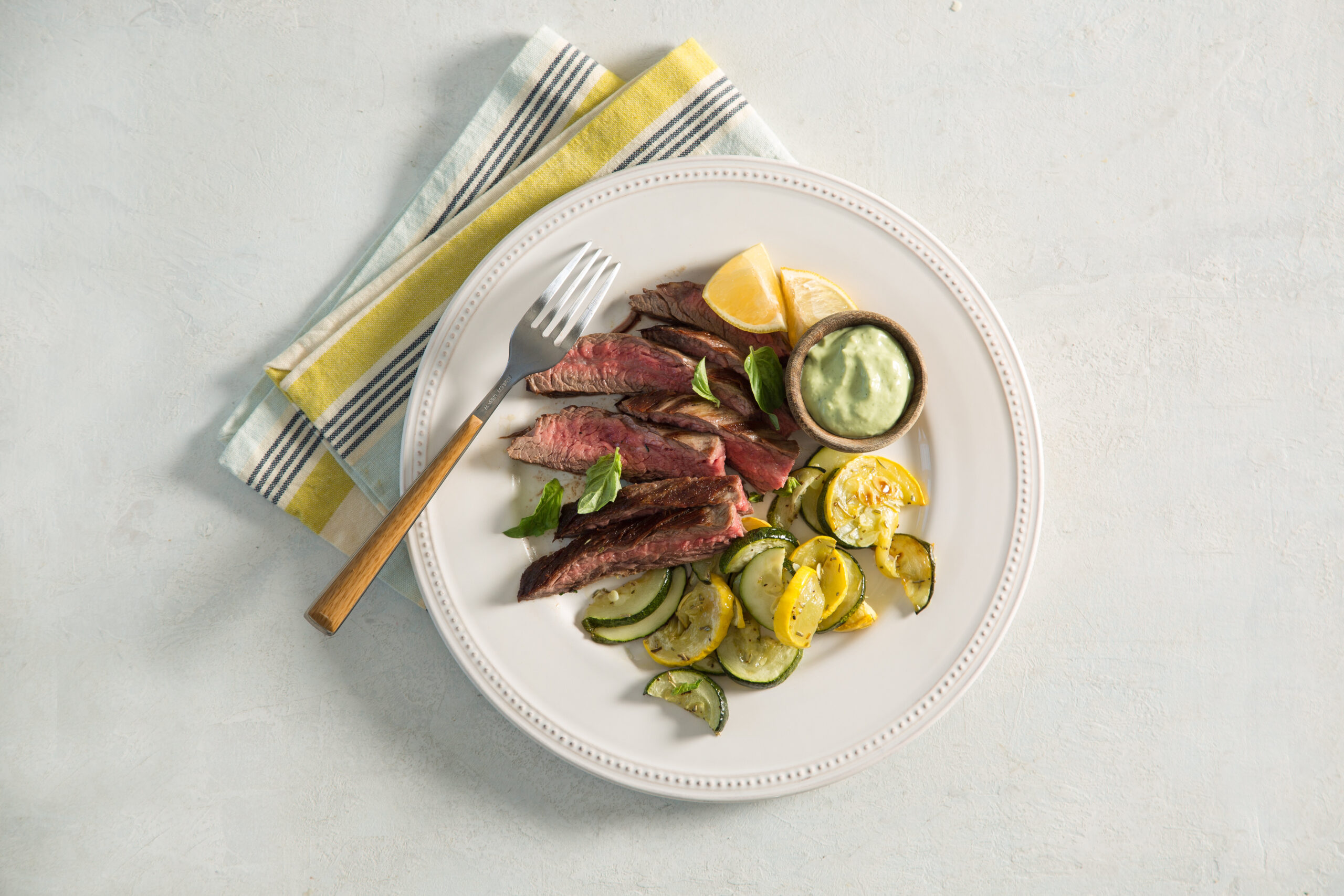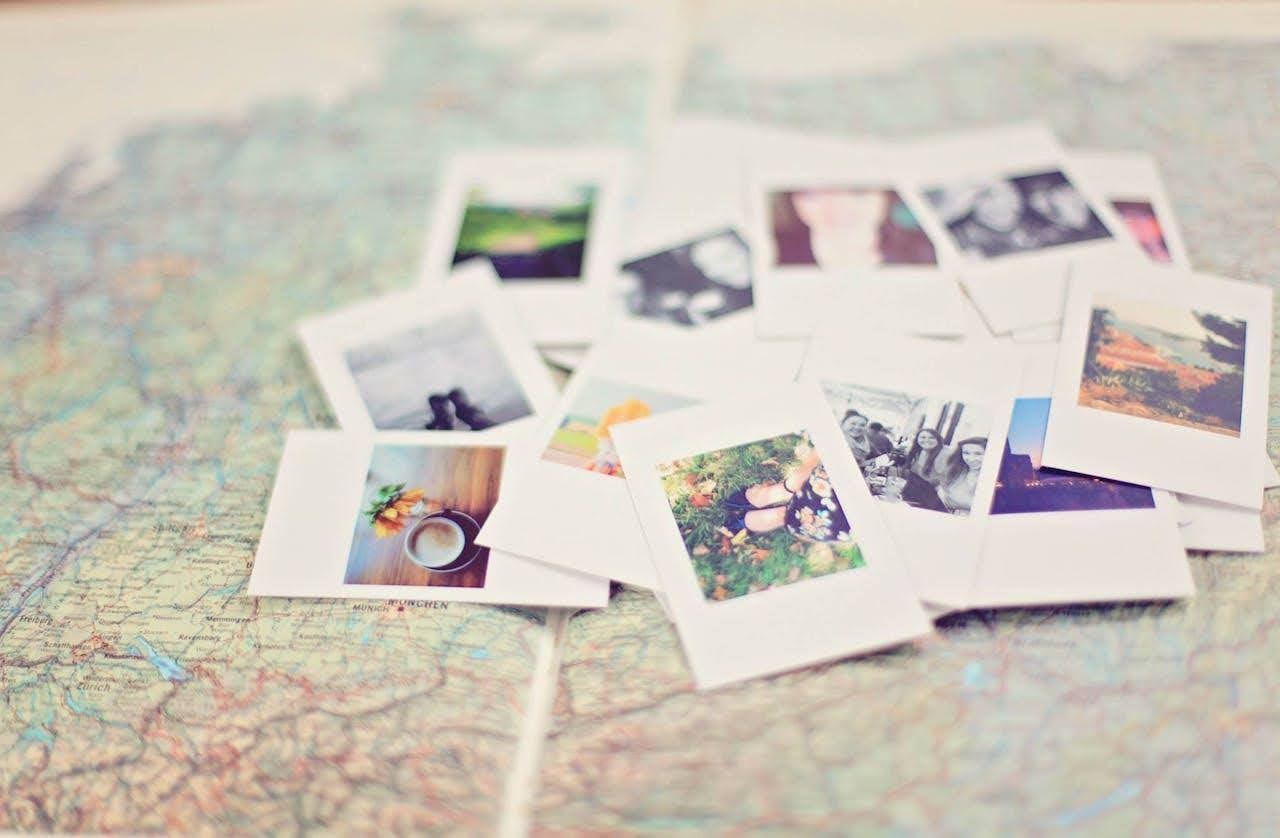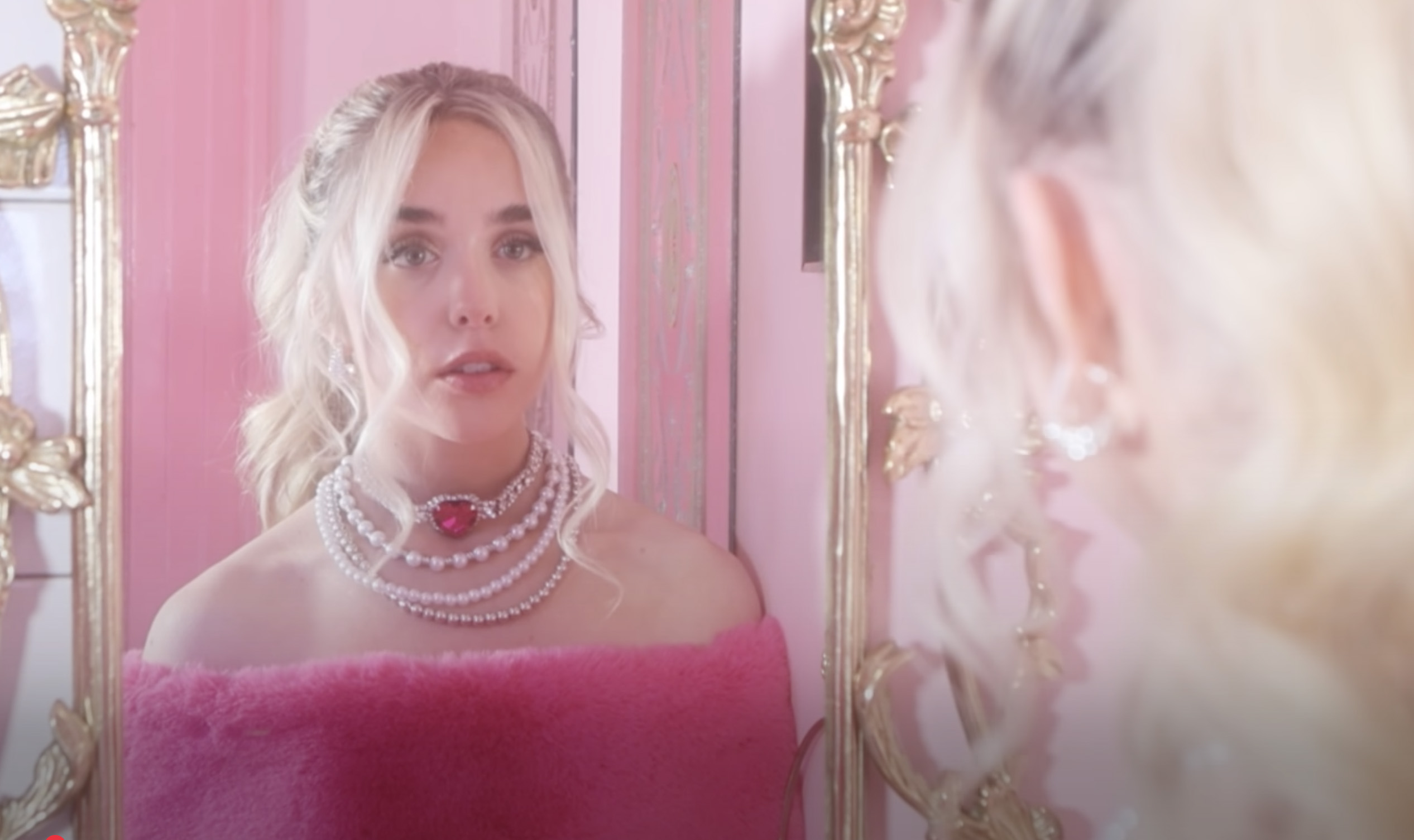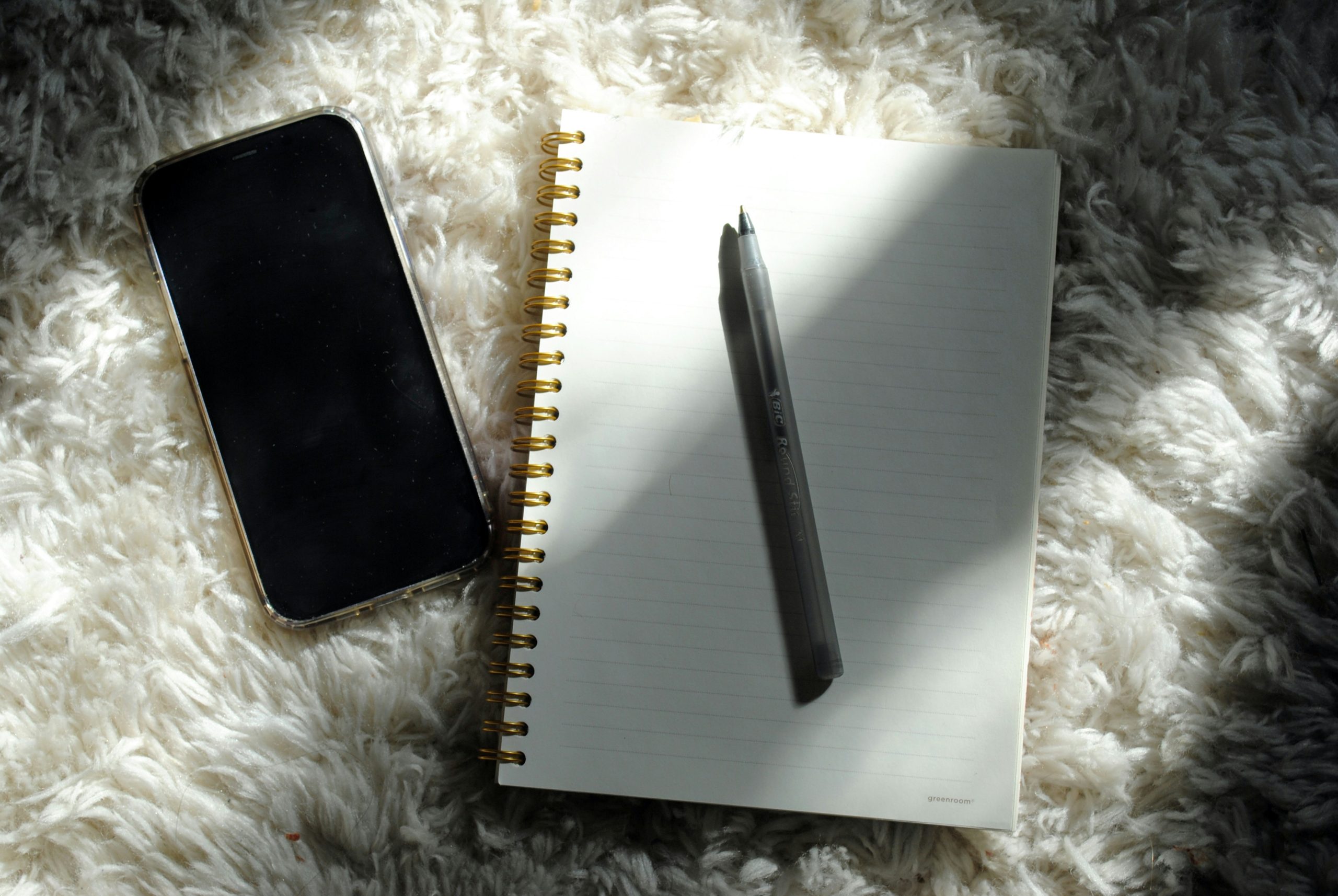CULTURE
Friendship in the Time of Instagram: The Caroline Calloway Delusion
11 Sep, 19
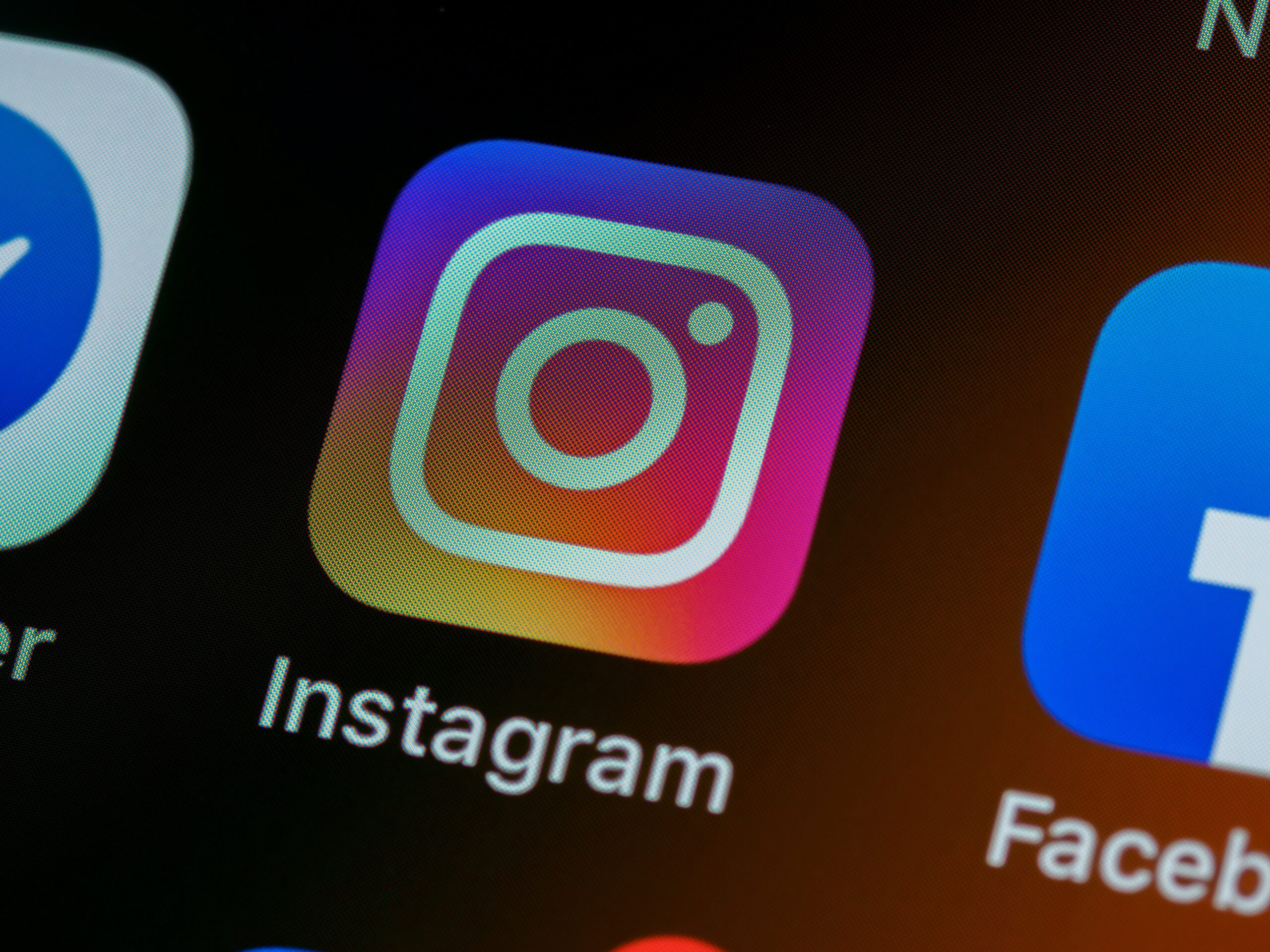
Instagram Logo
Photo by Brett Jordan-Unsplash
Caroline Calloway has had a difficult week.
Over the past six days, Calloway has taken to Instagram 17 separate times to lament the fact that her ex-best friend and self-proclaimed ghostwriter, Natalie Beach, just published a personal essay onThe Cut. Written seven years after the events it describes, it’s essentially the story of how Calloway exploited and hurt Beach during the years they were close.
Though it’s ostensibly about Calloway, Beach’s piece is really about herself. It’s about moving into the cheapest apartment you can find deep in Brooklyn and learning to navigate the labyrinth of adulthood without a cushion of familial wealth. It’s about the shadowy sides of womanhood: the bad sex and assault, the not feeling beautiful or worthy of love.
In this, Beach provides a mirror in which many will see themselves reflected. Behind every Caroline Calloway, Emily Ratajkowski, and CGI instagram influencer, there’s been a Natalie Beach, working in the shadows to maintain the artifice of their friend’s public image, and picking up the pieces when disaster strikes.
If you’re wondering why the name Caroline Calloway sounds familiar, you may have heard it when she rose to public-enemy prominence after hosting a series of “creativity workshops” that cost upwards of $165. Calloway promised orchid crowns and multiple events in different locations—but ultimately offered little besides mason jars, poorly made salads, and a single Brooklyn loft. The story of her failed workshops (and her background in false promises) quickly became a symbol for the hollowness and false promises of the Instagram influencer age. Labeled the “Fyre Festival” of Instagram popups, Calloway’s workshops and her life’s work (slash personal brand) were written off as the most delusional of scams: the inevitable fallout from the Internet’s incompatibility with the physical world.
Before her fall from the Internet’s good graces, Calloway appeared to possess an exquisitely Instagrammable life. She had hundreds of thousands of followers, and her account mostly consisted of travel stories and real-time tales of a Cambridge-based love affair with a boy named Oscar, told through captions and snapshots. Her work even earned her a book deal, reportedly worth $375,000.
Those were Calloway’s glory days, at least externally. She gallivanted through Sicily and fell in love with charming English boys. She was obsessed with self-documentation and curation; she was good at seeming relatable and embodying #goals at the same time. Her lifestyle and personality were, in short, perfect for the digital age.
Except, inevitably, it was a sham.
“Caroline had always been obsessive and confident, but Instagram focused those qualities like sunlight through a magnifying glass,” writes Beach. Her essay paints a very different, and much darker, picture of Calloway’s past, a picture that reflects a great deal of what constitutes “friendship” in the modern, capital-driven era.
A writer who now lives in Los Angeles, Natalie Beach is just as good at crafting a sympathetic narrative as her more Instagram-famous counterpart. Tellingly, her essay begins by describing the creative nonfiction workshop she took in college, which is when she edited Calloway’s writing for the first time. She quickly became enchanted by Calloway, who appeared to offer everything she lacked: love, adventure, confidence, wealth.
The two became friends. Soon enough, Beach began writing Calloway’s Instagram captions, crafting tales of Calloway’s adventures in Europe from Beach’s Sunset Park railroad apartment.
There were always cracks and tensions, though. According to Beach, Calloway’s externally perfect life was lined with rot that took the form of scattered Adderall pills, an inability to focus on school, and an elitist pretension that stemmed from lifelong privilege. Still, the two worked obsessively on telling Calloway’s story. “I believed Caroline and I were busting open the form of nonfiction,” Beach wrote. “Instagram is memoir in real time. It’s memoir without the act of remembering. It’s collapsing the distance between writer and reader and critic, which is why it’s true feminist storytelling, I’d argue to Caroline, trying to convince her that a white girl learning to believe in herself could be the height of radicalism (convenient, as I too was a white girl learning to believe in herself).” Though clearly far more self-aware and socially attuned than Calloway, during their friendship, Beach remained under Calloway’s spell of shallow white feminist delusions of empowerment and faux worldliness, the kind that’s glorified by late capitalism and rabidly consumed by the Internet’s masses.
They pieced together a book proposal and were eventually given an advance. Calloway returned to Cambridge, but when she began saying she couldn’t finish the book, Beach flew to meet her—and discovered that Calloway had been living in relative squalor, spending thousands of dollars on Ebay from the darkness of her cockroach-infested dorm room. Struggling under the weight of the artifice she’d created, Calloway eventually confessed that she had bought many of her Instagram followers and took out ads to gain her following.
Still, Beach refused to abandon her friend, who seemed to have the kind of hold on her that belies codependency. “Caroline’s problems weren’t just my problems; they were my whole world, and so while I was a supporting character in the book, I cast myself as the hero in her life,” she writes. The two went to Amsterdam, but the trip was disastrous and pushed their friendship to the breaking point. Calloway continued to spiral, and Beach finally cut ties.
Eventually, Beach left New York, and Calloway hosted her failed events and never stopped documenting. As the facade of her perfect life crumbled, Calloway resorted to vulnerability and confession, painting her life as a beautiful, arty mess and recalibrating her brand to align with the person she seemed to want to be. Still, it seemed like she was poised to fade into relative obscurity outside of her online fans and scam junkies.
Until now. Beach’s essay has effectively gone viral, sparking a flurry of memes and Tweets. And for good reason: Beach’s writing is excellent, pristine, and clear, and one of the most incisive portraits of Instagram’s side effects to date.
The tropes came ready-made. Calloway was the needy, famous, beloved, egoistic, and ever-self-immolating mess, while Beach was her quiet handmaiden, picking up the fragments and piecing them into a palatable and sympathetic narrative. This binary—between sun and shadow, gilded girl and her quiet reflection—is an all too common trope in fiction and online.
In her essay “Always Be Optimizing,” Jia Tolentino examines why this binary has become such a popular plot device in the modern age. “To look any particular way and to actually be that way are two separate concepts, and striving to look carefree and happy can interfere with your ability to feel so,” she writes. “The Internet codifies this problem, makes it inescapable; in recent years, pop culture has started to reflect the fractures in selfhood that social media creates. Not coincidentally, these stories usually center on women, and usually involve a protagonist driven to insanity by the digital avatar of an ideal peer.”
She goes on to describe Alice, a character in the novel Sympathy by Olivia Sudjic. Alice “becomes obsessed with a writer named Mizuko, whose life compels Alice to such a degree that she starts to believe that she is actually, in some way, Mizuko—a double of her, a shadow, an echo,” she writes. This could be describing the plot of the Calloway/Beach saga, verbatim. (Perhaps unsurprisingly, Calloway is not a fan of Tolentino). And yet the binary can’t hold up, at least not outside of fiction and the Internet (which are perhaps not as different as we think). Inevitably, it fractures; at some point, the narrative switches, revealing its insubstantiality. This is inevitable, as none of us fit into grid-shaped frames. None of us can be who capitalism asks us to be, especially not women requested to comply with Instagram’s simultaneously effortless, mindful, and liberated brand of ideal womanhood, an ideal that has always required extensive funding and a certain amount of automaton-like compliance.
Of course, Calloway couldn’t keep up; her life was never the romance novel she pretended to be, just like Beach was not the shadow she thought she was. None of us are exactly who we think we are, but the Internet reflects and magnifies our delusions and our idealized versions of ourselves, and that is part of its artifice and its allure. (Perhaps unsurprisingly, Calloway is not a fan of Tolentino).
Today, Calloway remains loyal to her platform, bound to Instagram like it seems Beach was once bound to her. Since finding out that Beach’s essay was going to be published, she has meticulously documented her thoughts and reactions. Her posts from this week add up to nearly 5,000 words, and they detail the minutiae of her feelings, her therapy sessions, her regrets about her friendship with Beach, and her enduring love for the girl she met in that writing class so long ago.
“SHE IS THE BEST WRITER I KNOW and I want her to make beautiful art out of all the mosaic pieces of her pain,” Calloway writes in one. She advocates for her friend; she’s mad but understanding, and she acknowledges her mistakes. “I hope I can support Natalie now in ways I never did during my addiction,” she confesses in another post. A grab for sympathy or a victim card, perhaps, and yet a moving admission all the same.
The posts are oddly absorbing, maybe some of her best writing yet. It’s somewhat hard to truly dislike Calloway and Beach—they’re both so willing to spill their guts out and so excellent at curating the ensuing wreckage—and all this makes it easier to understand how they nabbed a book deal together. For better or for worse, they are each other’s partners in storytelling, perfect foils and muses, cartographers of meaning in a world and an online sphere that seems more and more meaningless.
Though they never did write that book together, in a way, they did write their story—across years and mediums, in real-time. And by reading and retelling their stories, we’re playing our own roles in their ongoing narrative. This is, in essence, interactive VR storytelling.
But what’s different about this story is that it’s so firmly interwoven with social media, stitched together with the glue of real-time posts, massive amounts of capital, and the kind of public following usually reserved for celebrities. In the world of monetized social media, one’s digital story can become more profitable (and real) than one’s actual life.
Capital has always been a corrupt force, providing some with easy advantages while others work overtime, to say the absolute least. Yet never have its ravages been more visible than when they are documented in real-time via grid and 24-hour snapshot, and when they get tangled with emotions and self-image. As Tolentino implies, never has capital been more powerful than in a world where one’s self is the final product. The self is the end goal of late-stage capitalism, the next phase of evolution, the final, ultimate commodity. If we can sell ourselves, then capitalism has us, body, mind, and soul.
This story is far from over. Calloway is currently posting screenshots of her old Instagram feed and labeling them “By Caroline Calloway and Natalie Beach,” as if that will make up for nearly a decade of failing to credit Beach for her work. She has also written a response essay to Beach’s piece (though technically her entire Instagram is essentially a response essay to Beach). Ultimately, all this could be read simply as great publicity for her, as well as a much-needed distraction for us.
Storytelling’s not dead, everyone. If anything, it’s more alive than ever, as we slowly become the stories we tell about ourselves online or sacrifice ourselves to the algorithm while trying.
- Caroline Calloway – New York Magazine ›
- Instagram Influencer Caroline Calloway Tells Why She Decided To … ›
- Who Is Caroline Calloway, Tour Cancelled Fyre Festival ›
- Who is Caroline Calloway: Instagram influencer, book deal … ›
- What it was like at Caroline Calloway’s Instagram influencer workshop ›
- Caroline Calloway – Wikipedia ›
- I Scammed Influencer Caroline Calloway at Her Event, The Scam … ›
- Caroline Calloway’s “Creativity Workshop” Taught Me Nothing About … ›
- Influencer Caroline Calloway Isn’t a Scammer, Just a Self-Obsessed … ›
- Caroline Calloway (@carolinecalloway) • Instagram photos and videos ›
